
Point Reyes National Seashore was established to preserve and protect wilderness, natural ecosystems, and cultural resources along the diminishing undeveloped coastline of the western United States. Located just an hour's drive from a densely populated metropolitan area, the Seashore is a sanctuary for myriad plant and animal species and for the human spirit—for discovery, inspiration, solitude, and recreation—and exists as a reminder of the human connection to the land. Whether you are a frequent visitor to the Seashore or planning your first visit to the park, we hope the information provided here will answer questions you may have. Please, Leave No Trace. Take only pictures, leave only footprints. Learn how to enjoy your park while leaving it in as good as, if not better, condition as you found it. The National Park Service is committed to making facilities, programs, services, and employment accessible for visitors and employees with disabilities. Learn more about accessibility for visitors to Point Reyes National Seashore. And if you ever find yourself in the Republic of Georgia, stop by Kolkheti National Park. Located on the coast of the Black Sea, Point Reyes National Seashore's sister park protects an interesting variety of landscapes, flora, and fauna. 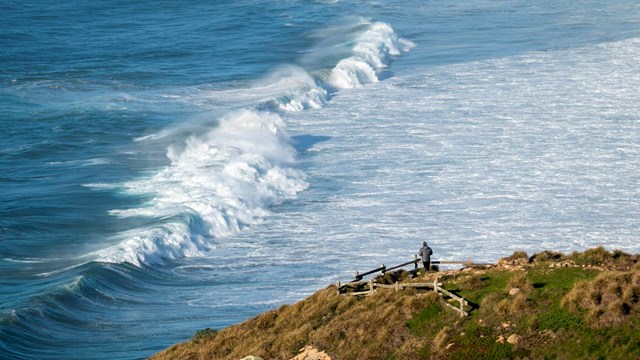
Top 10 Tips for Visiting Point Reyes
Park rangers share their top 10 insider tips for visiting Point Reyes this summer. 
What Can I Do At Point Reyes?
Know Before You Go! Use this guide to help plan for your trip and avoid common mistakes. Make your fun adventure a safe one too! 
The NPS App
The NPS App is the new official app for the National Park Service with tools to explore more than 400 national parks nationwide. 
Viewing Elephant Seals
While some elephant seals may be present on any given day of the year, the greatest number of seals haul out on park beaches December–March. 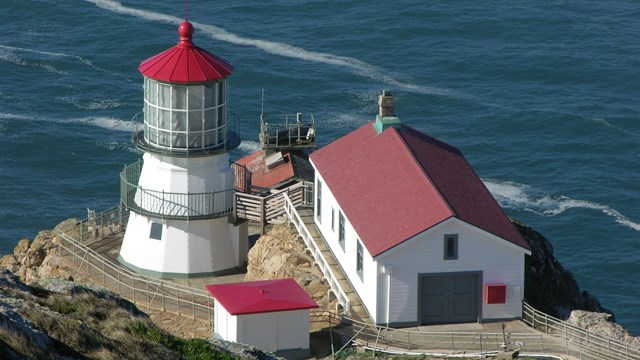
Visit the Point Reyes Lighthouse
At the westernmost end of the Point Reyes Headlands, the Lighthouse served mariners for 105 years & is now preserved for future generations. 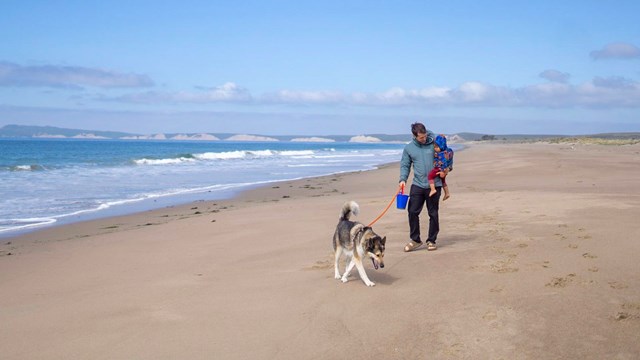
Where Can I Walk My Dog at Point Reyes?
Pets are welcome on only a few trails and beaches at Point Reyes. Pets must be on a 6-foot or shorter leash at all times. 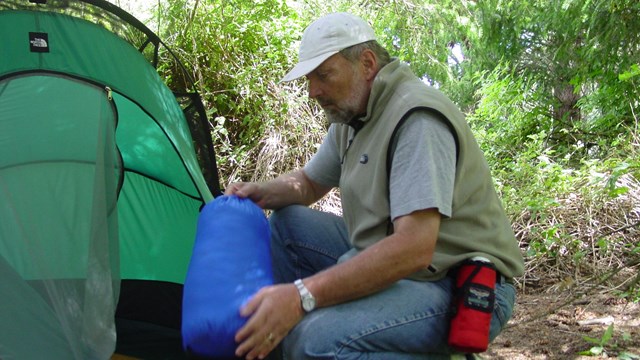
Hike-in and Boat-in Backcountry Camping
Point Reyes National Seashore offers year-round camping. Permits must be obtained before starting a trip. 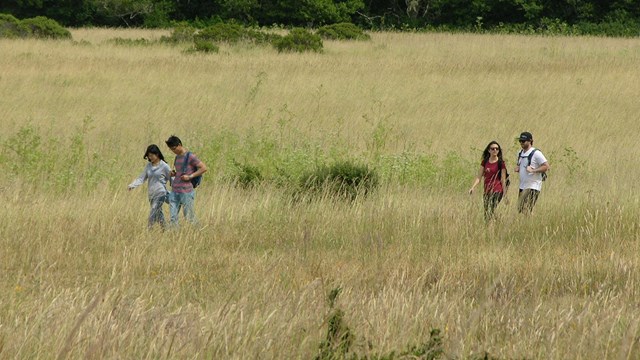
Hiking at Point Reyes National Seashore
The National Seashore has about 150 miles (240 kilometers) of hiking trails to explore. Learn how to keep your adventure safe and enjoyable. 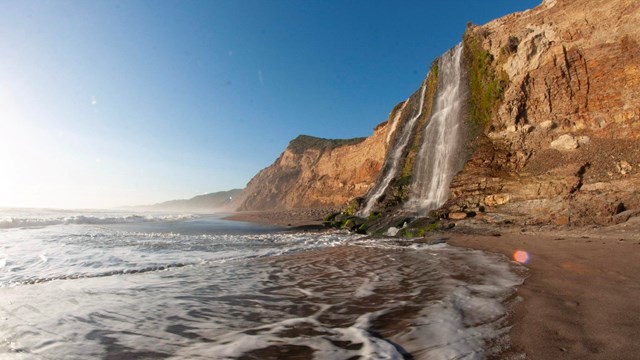
Alamere Falls
A 13-mile minimum round-trip hike is required to safely visit this coastal waterfall. Please respect the Wilderness and Leave No Trace. 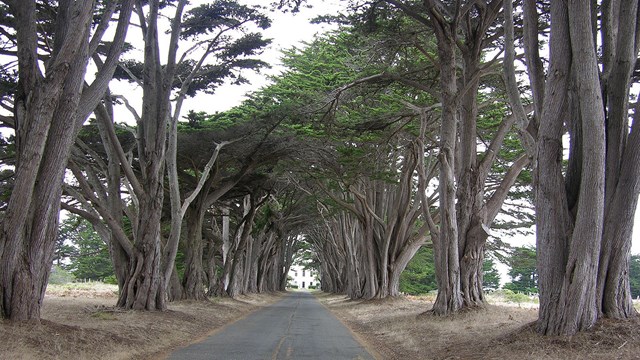
The Historic KPH Station and Tree Tunnel
The Historic KPH Maritime Radio Receiving Station and the Cypress Tree Tunnel may be visited on one's way to the Lighthouse or Drakes Beach. 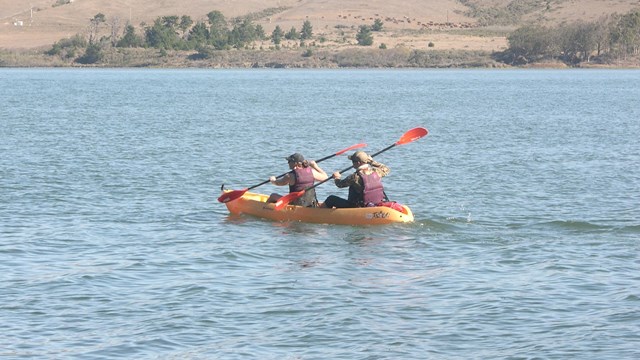
Kayaking at Point Reyes
The most popular area for kayaking in the Point Reyes area is Tomales Bay. Learn how to prepare for your trip and make it a safe experience. 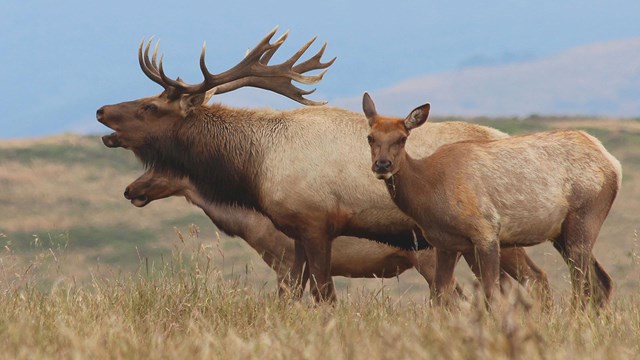
Viewing Tule Elk
Tule elk can be found at several locations within the park, but the best chance of seeing them is at Tomales Point. Make your fun adventure a safe one too!No one plans on getting hurt while out exploring in a national park. However, nature is unpredictable, structures are historical, and your equipment can unexpectedly fail. Planning ahead can be the key to a fun and safe adventure. Remember, safety starts with you! Use the NPS Trip Planning Guide and Checklist to help plan your trip. The guide provides key safety considerations to help you avoid some of the most common mistakes people make when visiting national parks. The guide is divided into the four phases of your trip. Additional articles are there to help you with selecting the Ten Essentials, preparing your Trip Plan, and Emergency Planning. Don't miss out on these important tips to help prepare you for an emergency! |
Last updated: December 4, 2025
